Used to help liquids flow through autoanalyzer tubing more easily and to help facilitate mixing, surfactant is a necessity for flow analyzers.
Surfactant has been used since autoanalyzers were constructed and comes in many varieties, but I prefer basic Brij-35 and Dowfax 2A1. These two, tried and true surfactants were the mainstay for nearly all the Alpkem methods when they were developed for their “new” expanded range (ER) detector back in the 90s.
Good surfactants can be hard to find in this day when suppliers tend to outsource everything leading to a loss of control over the quality of their products. Ensure your supplier is a trusted source that has an active involvement in the production and quality control oversight of the surfactant they provide.
I am always surprised at how miserly operators are in the amount of surfactant they use in their reagents. Too little surfactant can seriously degrade performance of an autoanalyzer: The peak shape can be bad as well as the reproducibility. Too much surfactant can only contribute a slight increase in noise to the baseline, if at all. The effect of using too much Brij or Dowfax is rarely apparent, but too little can be catastrophic.
I strongly suggest only putting surfactant in containers that are changed on a daily basis. If surfactant is put in the stock solutions when they are prepared and stored for any length of time the surfactant starts to break down thus making it less effective and increasingly noisier the longer it sits.
I also recommend not letting the surfactants get too old. Sometimes labs will buy large amounts to keep in stock in order to save money, but before they can use it up surfactant can go bad. Like milk for our breakfast cereal, surfactant is best bought often in small amounts and used up while it is still fresh.
Surfactant is a very important ingredient to the success of an autoanalyzer, so don’t be stingy! If the surfactant is fresh and from a reliable source it allows for good flow and does not contribute to noise. At pennies a milliliter, the best practice when it comes to surfactant is to use at least a milliliter or two per liter of solution.



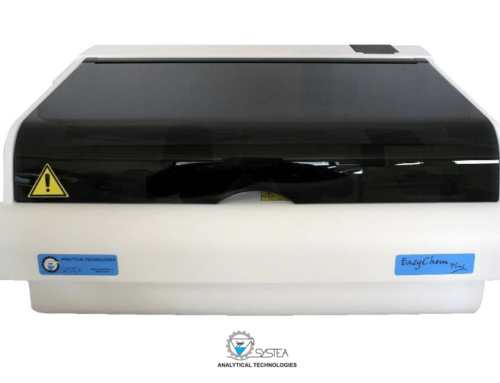
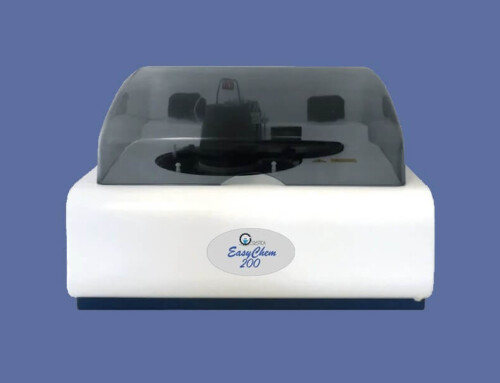
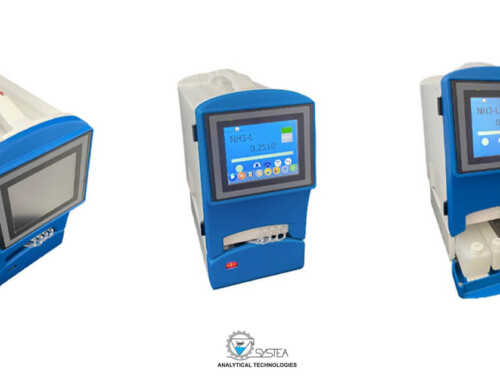
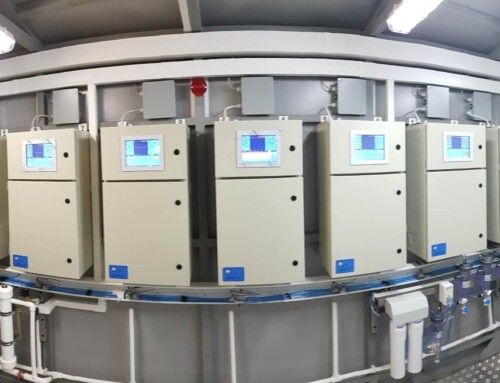
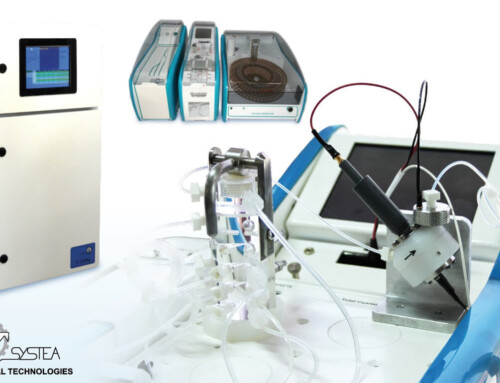
Leave A Comment